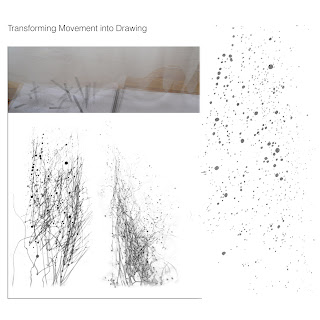Different Ideas of Positioning the Panels
Sketches from sketchbook:
Different considerations about the positioning of the panels
Thoughts regarding the positioning of panels:
The question is if this complexity of arrangement will steal the focus of the actual complexity in movement, interaction and effect?
Thoughts regarding the positioning of panels:
If the panels are positioned beside each other as if one glass pane is cut into peaces (first example to the right), the arrangement will be simplified and the complexity will lie in the movement, interaction with surroundings and the effects that are created with different materials.
If the panels are positioned in front of each other instead of beside each other (last example to the right), the arrangement will create a more spacial structure that in it self contents a complexity.
The question is if this complexity of arrangement will steal the focus of the actual complexity in movement, interaction and effect?
The main difference between the first arrangement and the two other examples would likely be observed in the either direct interaction with the wind (first example) or the indirect interaction (example two and three), which would be caused be one panel moving in the wind which then creates a domino effect of the first pane, pushing the next panel into movement.
In the first example, the wind creates the relation between the different panels.
In the other two examples, the wind is only the aspect that starts the relation.

















































